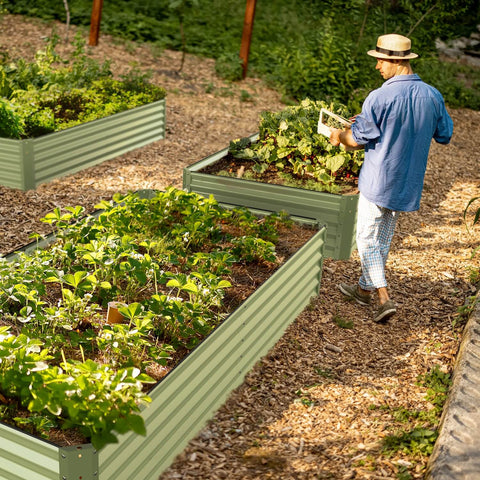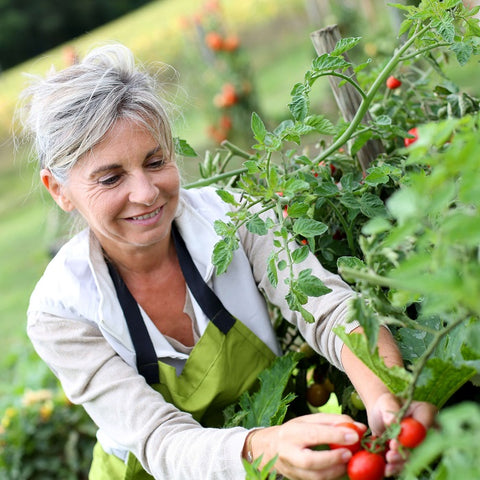Summer is an ideal season to plant chili peppers. Pepper is a heat-resistant plant that likes full sun and a warm climate. In this article, I will show you how to successfully grow chili peppers in the summer so that you can have a good harvest in your garden.The following content also has some reference value for raised garden beds.
First, choose a variety suitable for growing chili peppers. There are many different varieties of chili peppers, including varieties with different levels of heat and different uses, such as for cooking or making condiments. When choosing a variety, consider your preferences and usage needs. Also, make sure to choose varieties that are adapted to the climate conditions in your area, as some varieties are more tolerant to hot summers.
Next, prepare the container or garden soil for planting. Peppers can be grown indoors or outdoors, depending on your space and conditions. If you choose to grow indoors, use a pot or planter box. Make sure the container has enough drainage holes to prevent water buildup and root rot. If you choose to plant in a garden, make sure the soil drains well and apply organic fertilizer to improve soil quality.

Soak the pepper seeds in warm water for about 6 to 8 hours before planting. This will help to promote germination of the seeds. Then, plant the seeds in moist soil and cover them with a thin layer of soil. Keep the soil moist, but not so moist that it causes seeds to rot.
Peppers like warm conditions, so make sure they get plenty of sunlight. Place the container or garden in a sunny location, such as a balcony, patio, or patio. Hot summer temperatures help peppers grow and develop.
Maintaining proper irrigation is the key to pepper cultivation. Peppers need to keep the soil moist, but avoid overwatering. In the summer, more frequent watering may be required due to the increased rate of evaporation. Use warm water to water the plant and make sure the water reaches the roots of the plant.
Weeding is also an important step in keeping pepper plants healthy. Remove weeds promptly so that they do not compete for nutrients and water resources. Grass ash or organic mulch can be used to prevent the growth of weeds.
When the pepper plant has reached a certain height, consider giving support to prevent the plant from falling over. You can use a support material, such as a bamboo pole or cage, to help the plant stay upright by attaching it to the side of the plant.
After the pepper plants begin to bloom, appropriate amounts of organic fertilizer can be applied to promote plant growth and fruit development. Follow the instructions on the fertilizer package, and avoid burning the plant by applying too much fertilizer.

Finally, wait patiently for the peppers to ripen. Depending on the characteristics of the variety chosen, the pepper fruit may take several weeks or months to fully ripen. The fruit can be picked when it is discoloured and has some elasticity to the touch.
Summer pepper planting can be an enjoyable and fulfilling experience. By choosing varieties suitable for your climate conditions, providing plenty of sunlight and moisture, applying fertilizer when appropriate, and maintaining good weeding management, you will be able to enjoy delicious home-grown peppers in the summer. I wish you a good harvest in the planting process!









